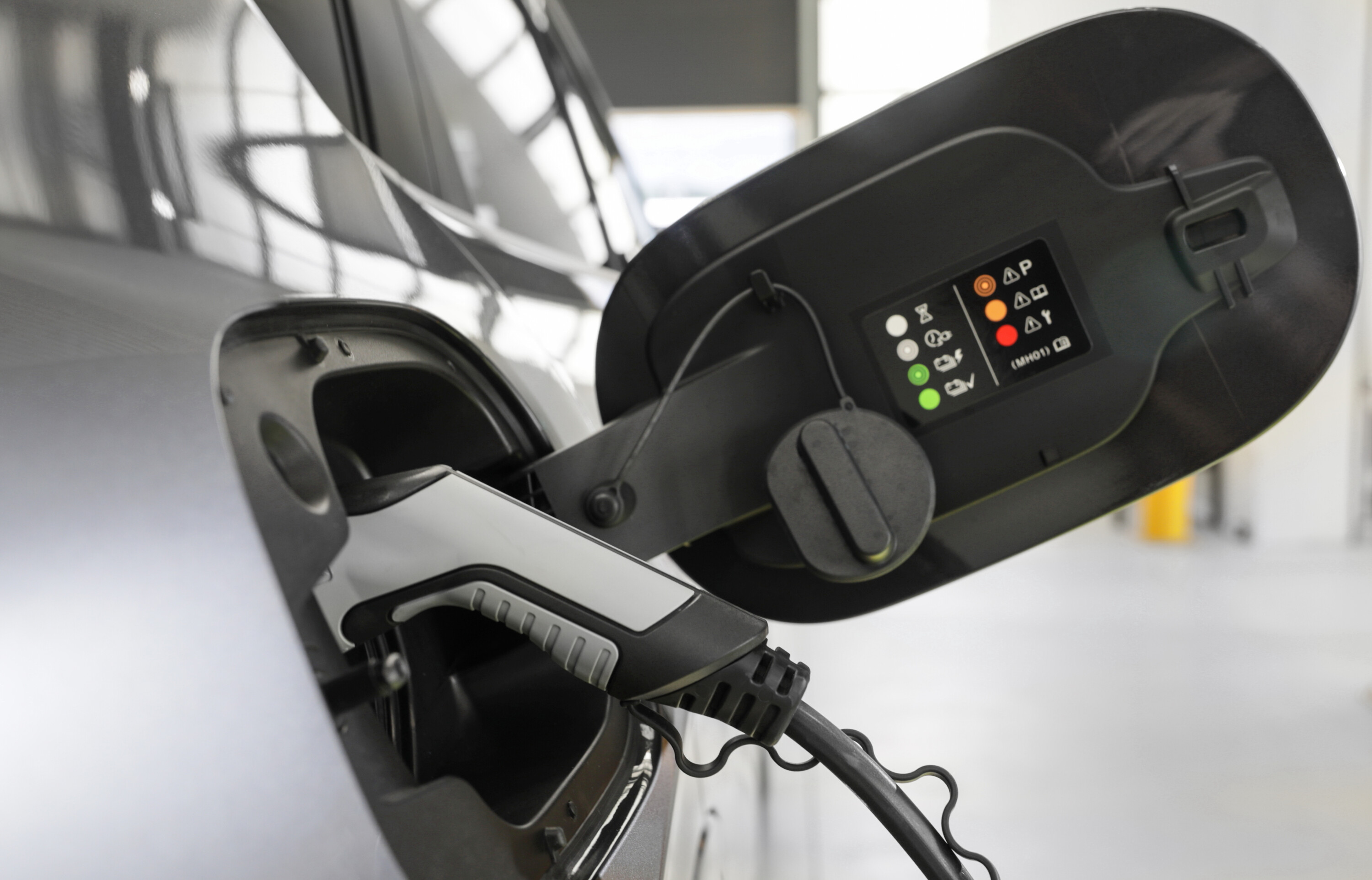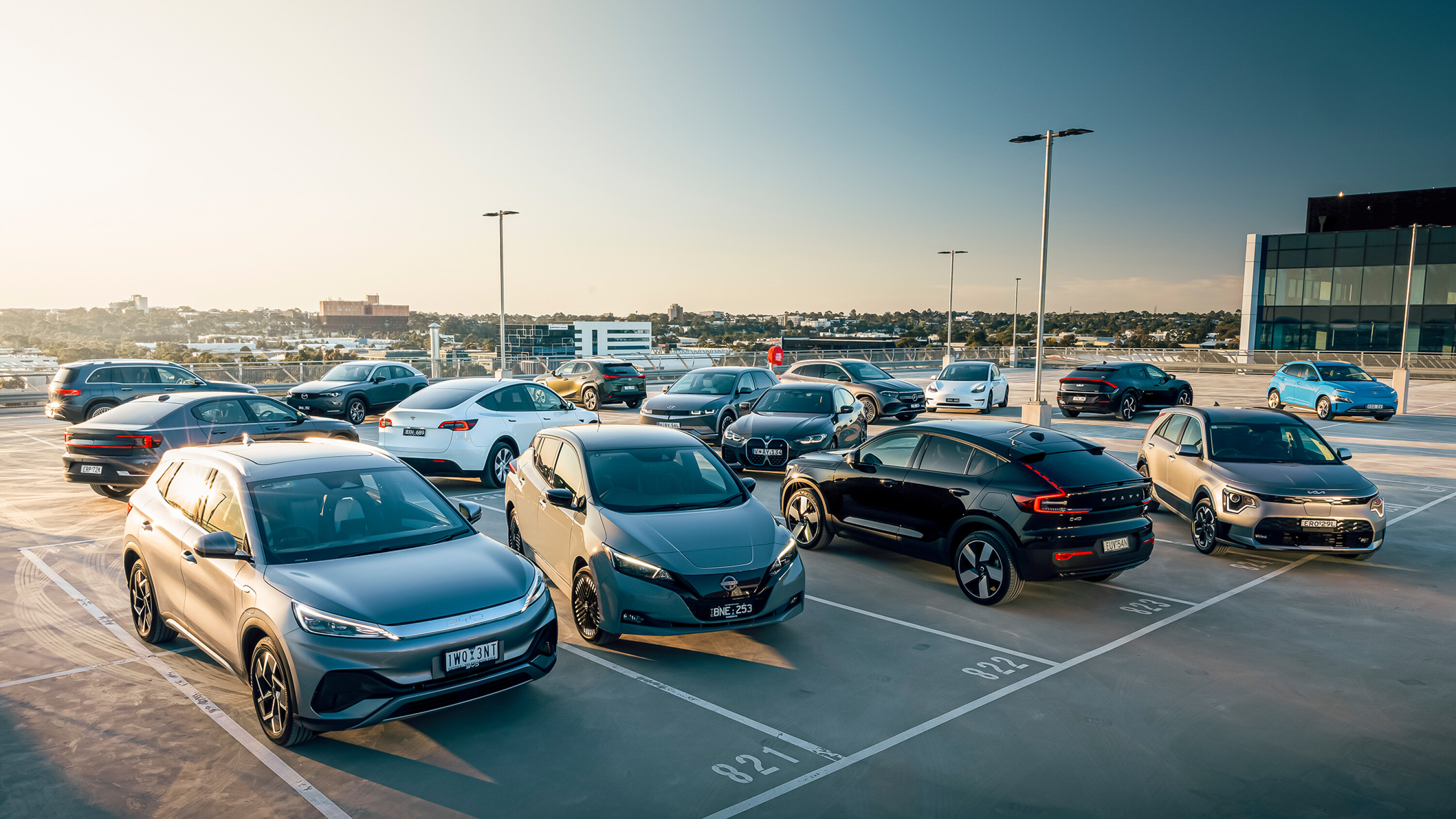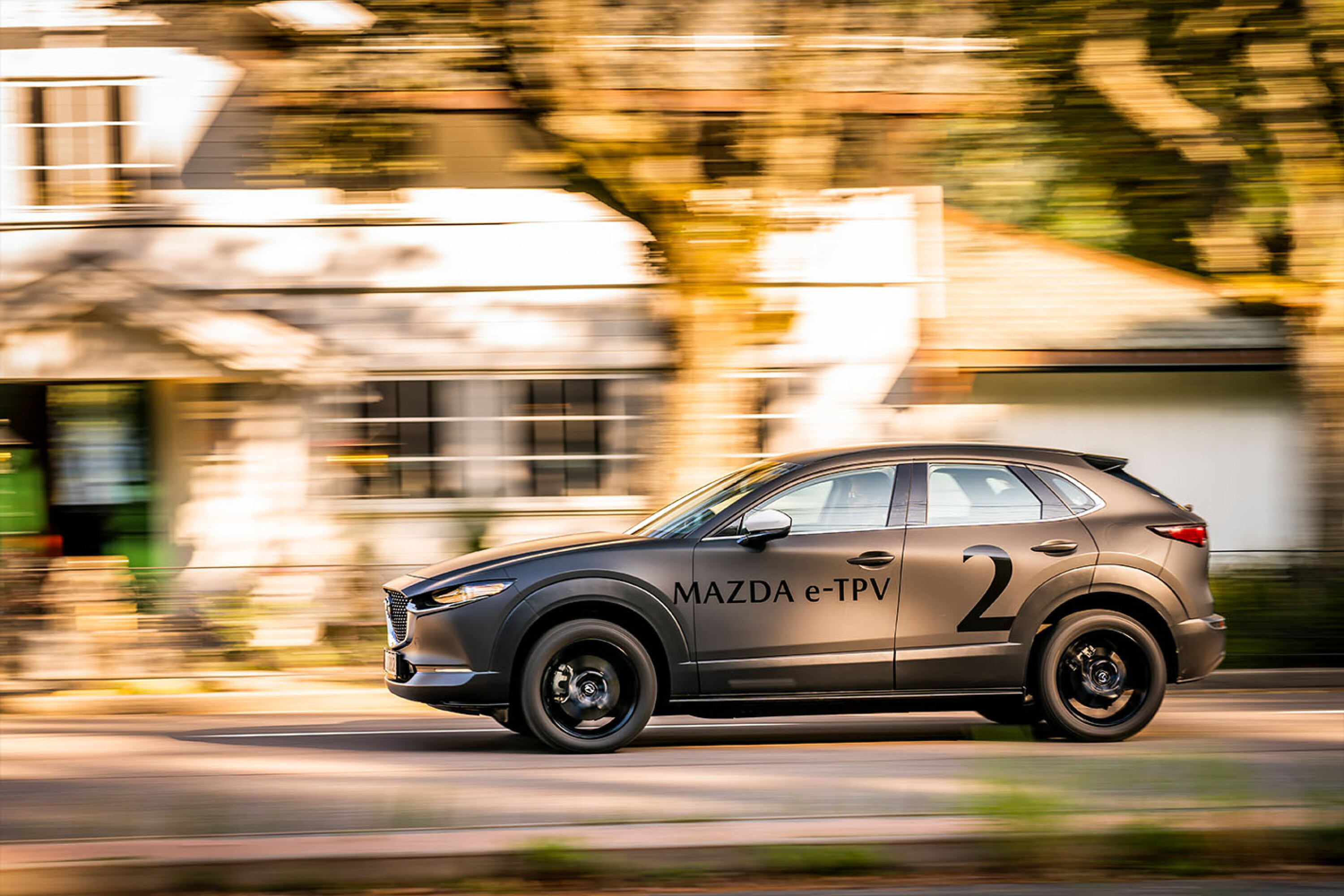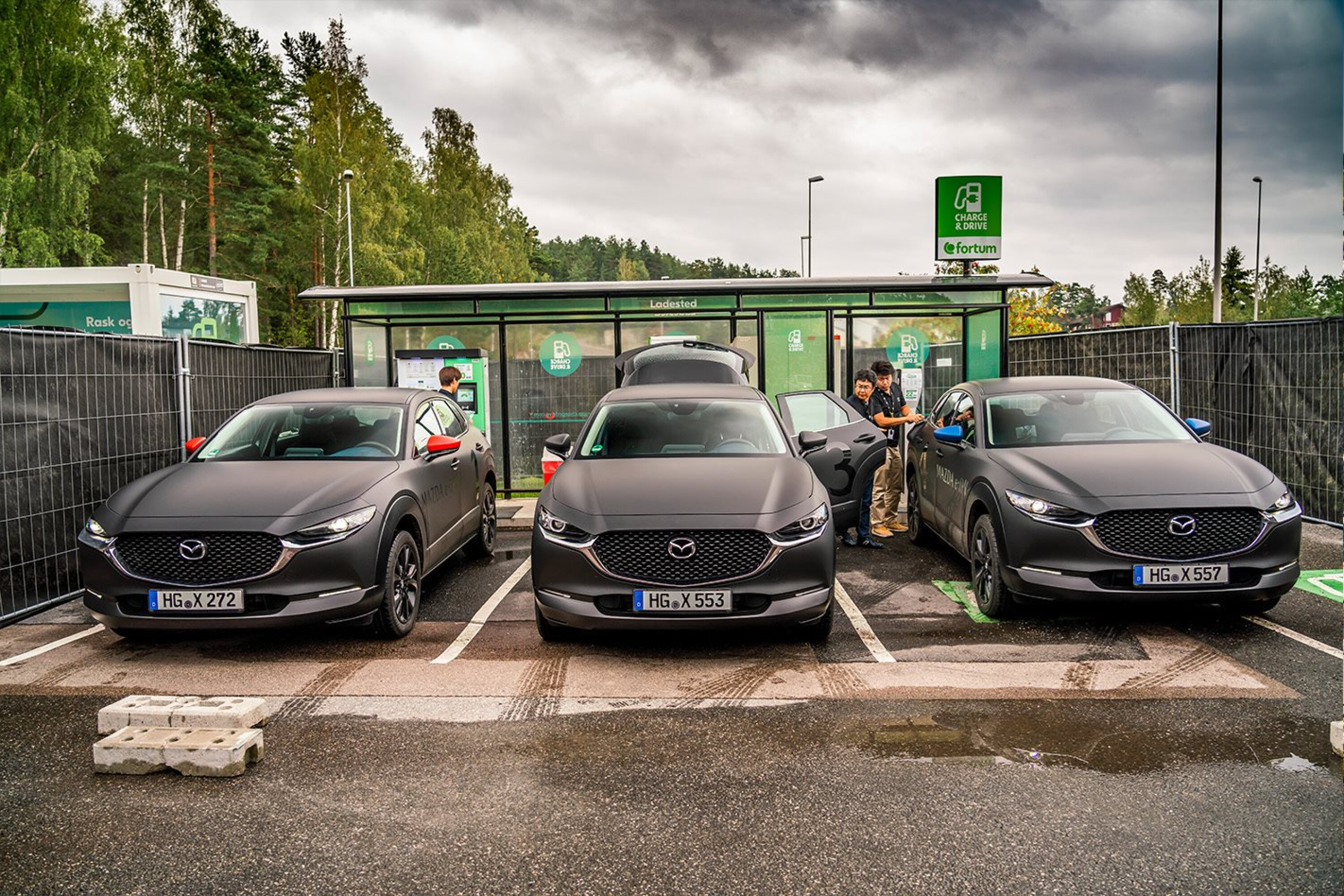
Last year, a total of 33,410 new pure-electric vehicles were sold in Australia. A considerable number for a nascent technology, but in a market that hit 1,081,429 sales overall that equated to just over three percent of the total mix.
However, considering just 5149 EVs rolled out of showrooms the year prior*, that represented a 549-per cent explosion in demand for battery-electric vehicles in 2022.
Is our renewable energy sector advanced enough to support EV? No, but the government has got a plan to reach a certain percentage by 2030
Editor’s note
*Tesla – Australia’s biggest EV seller – only began reporting its sales in April 2022

That pace has continued with just under 50 thousand EVs sold so far this year, with year-on-year growth currently measuring in at 385 per cent.
A tripling of sales volume is nothing to be sneezed at, and right now, EV sales account for 7.3 per cent of all cars sold in Australia. Aussies are clearly warming to the idea of parking something electric in their driveway.
But some in the industry aren’t expecting this enthusiasm to sustain itself long – the trendline is forecast to flatten once demand from early adopters is satisfied, and Mazda’s local boss believes it’ll be a while before EVs become the dominant choice in Australia.

“Globally in major markets, the transition to EV is well and truly started – there’s no doubt – and Mazda has made its statements and shared its plans from now until 2030,” said Mazda Australia’s managing director Vinesh Bhindi to Wheels.
“But if I bring the focus back to local conditions, [industry monitor] VFACTS is showing about eight per cent of new car sales are EV, and of that eight percent Tesla captures about 80 percent of that business – but that is evolving.”
According to Bhindi, electric vehicles still aren’t out of the early-adopter phase. With limited choice of product and high prices of entry even for the more basic and range-limited options, it’s not hard to understand why.
“In any market, you have a percentage of consumers who are early adopters. Is the infrastructure as advanced? I’d say, probably not – in fact, I’d say definitely not, but it’s getting there.
“Is our renewable energy sector advanced enough to support EV? No, but the government has got a plan to reach a certain percentage by 2030.”
Unlike some automakers, Mazda has so far only made tentative steps into the world of electrification. Its first fully-electric vehicle, the MX-30 Electric E35, is a variant of the combustion-powered MX-30 family and offers a range claim of just 224km per charge – around half of most new EVs. Mazda is currently developing a new scalable platform for its next generation of electric vehicles, but the first product of that effort won’t be seen until the latter half of the decade.
Asked when Mazda Australia will have its own pure EV products to offer the masses, Bhindi said “[we’ll have ours] well before EVs become the majority”. Mazda is playing a typically Japanese strategy – slow, but carefully considered.

“We think our multi-solution approach is the best path forward,” Bhindi continued. “No country has gone from internal combustion engines to EV in one step, there is a transition phase. In terms of where Mazda is, we’ve got a three-phase strategy – between now and 2024, Mazda is working on phase one, which is getting the experience and getting the know-how for batteries, battery supply, etc.
“Then, between 2025 and 2027 we’ll see the first of our EV products starting to appear, and then between 2027 and 2030 there’ll be our full-fledged EV deployment using that scalable architecture that Mazda has.”
Reading between the lines, Mazda isn’t anticipating the recent surge in EV demand to continue unabated. That said, the EV sales chart isn’t going to flatline either. The steady influx of new EVs, a progressive reduction in the price of entry, and the spread of charging infrastructure and greener grids will keep EV market share on an upward march – just don’t expect that trendline to be anywhere near as steep as what we’ve seen since 2021



